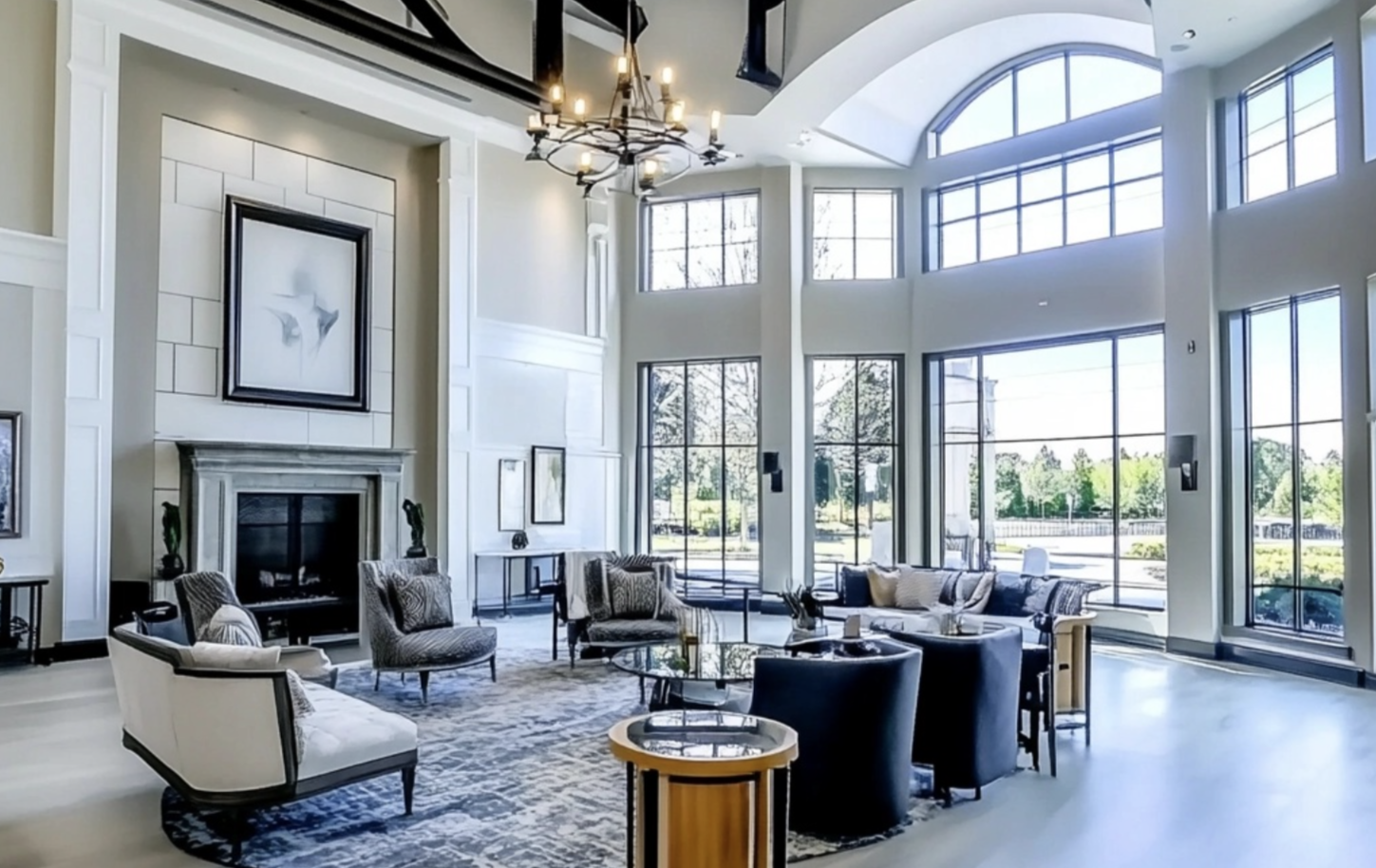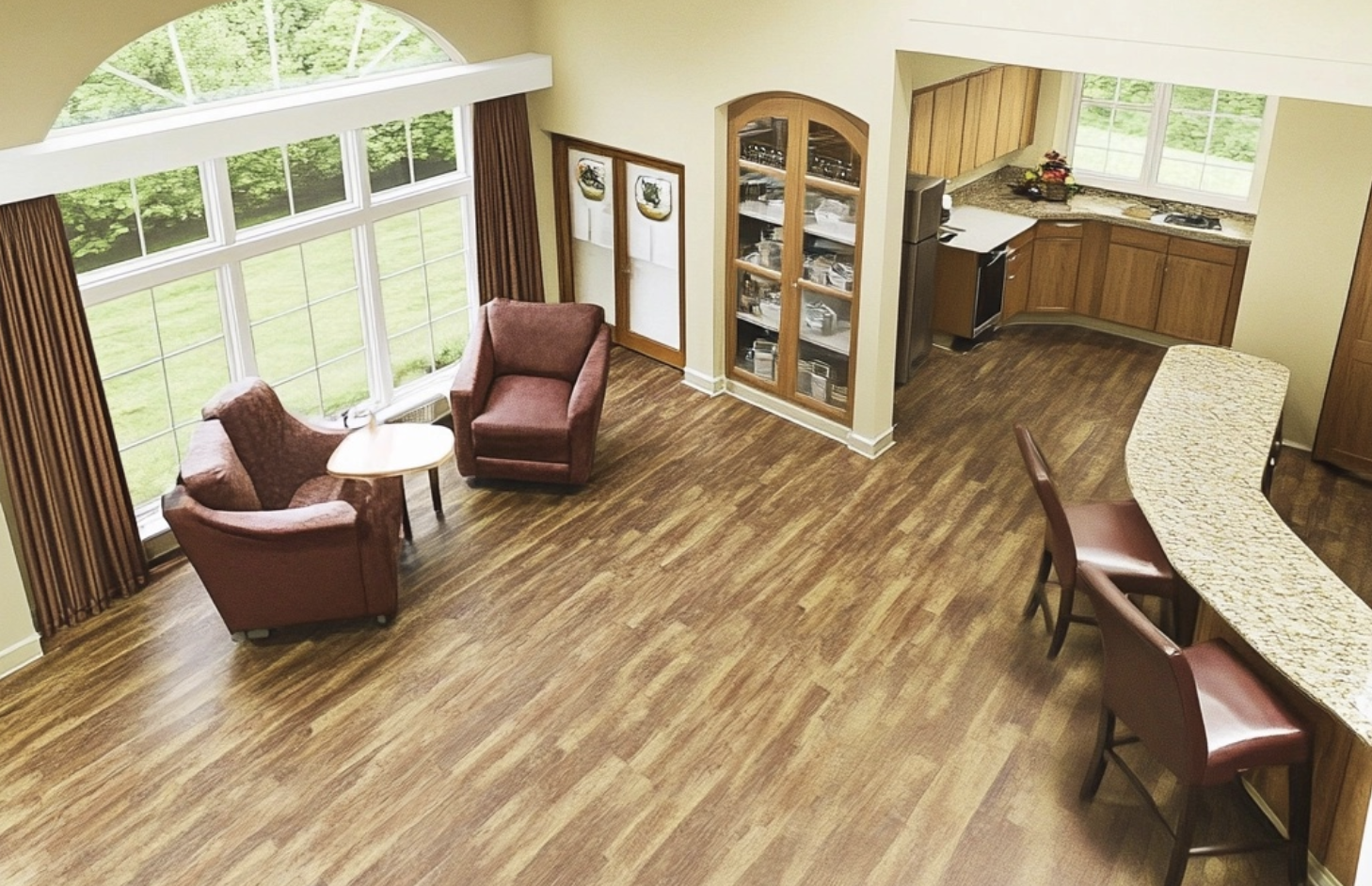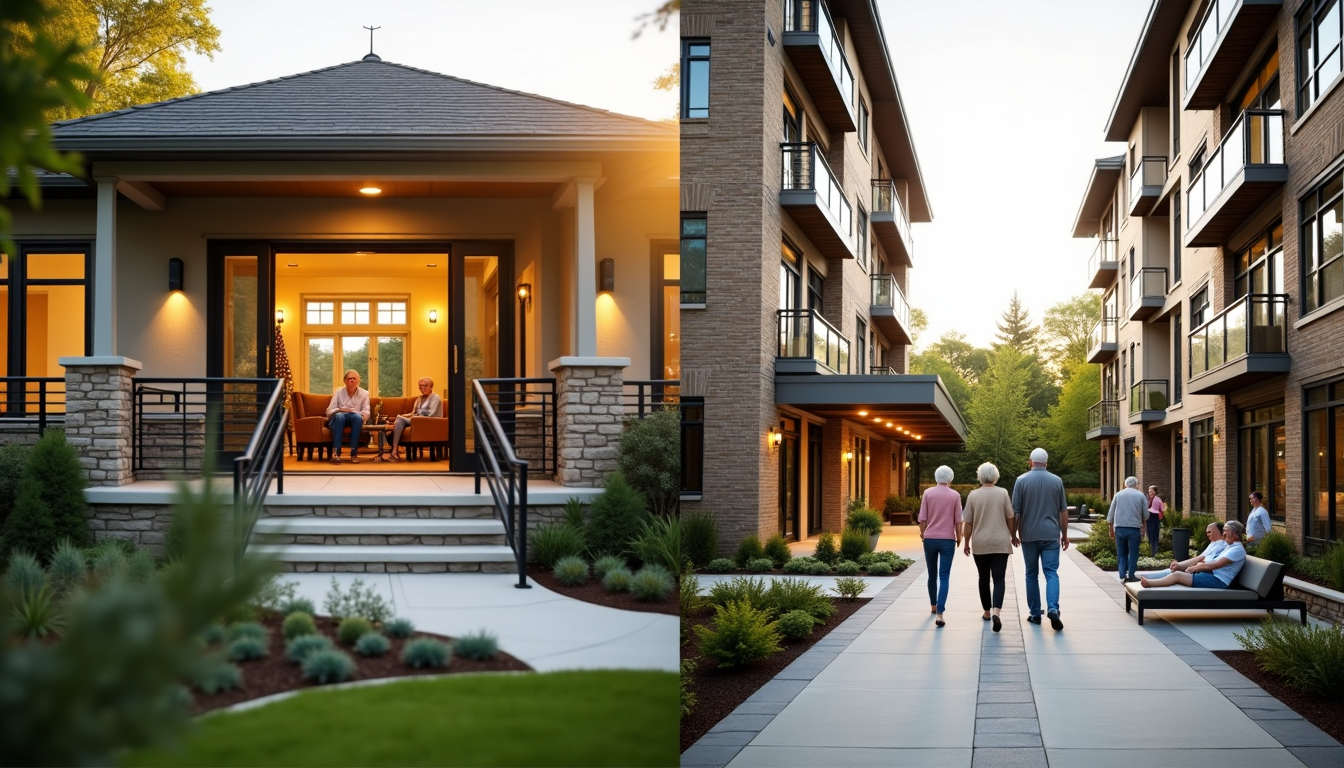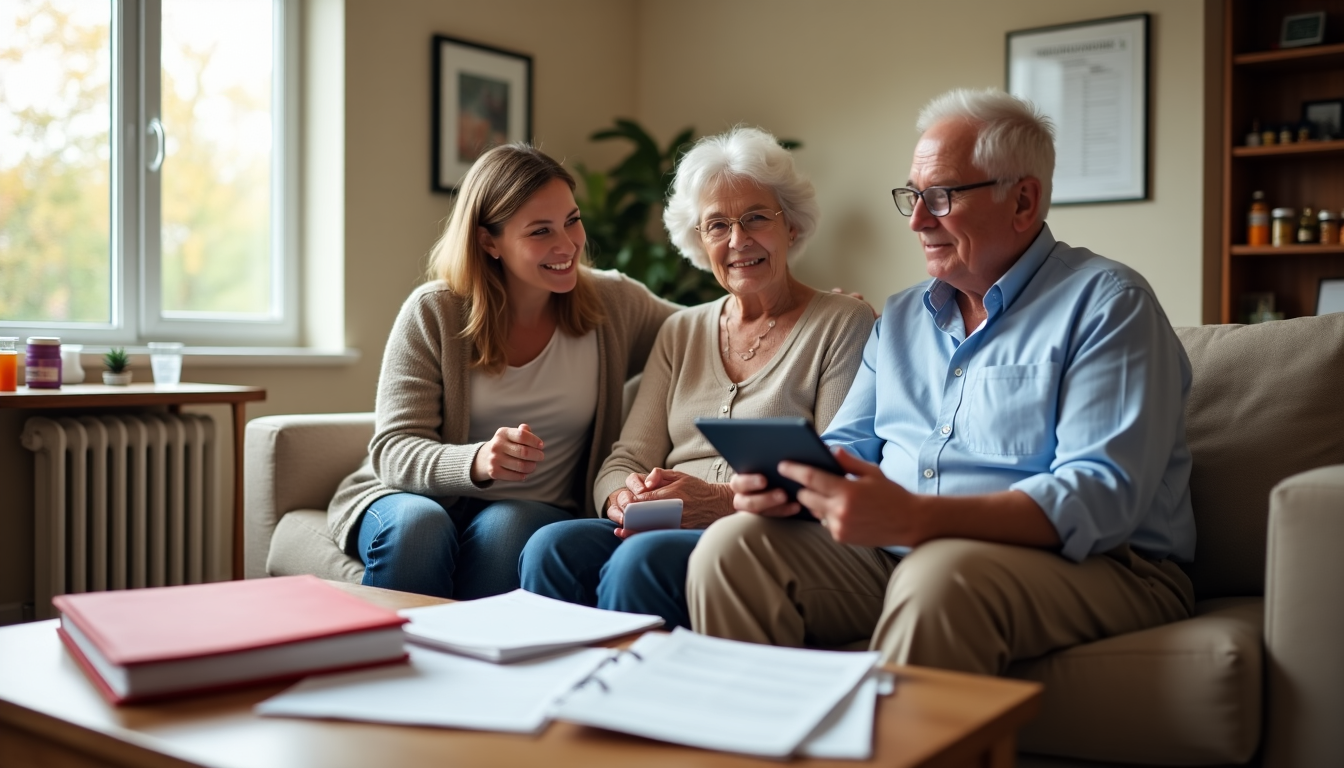Senior living communities with strong cultural programs achieve higher resident satisfaction rates and improved social engagement. Cultural life-blood creates meaningful experiences in senior care facilities that help residents maintain their identity and heritage connection. These programs enhance their quality of life while promoting cultural sensitivity and understanding.
The communities strengthen their cultural competence through celebration of cultural traditions, diverse dining options, and educational programs. A culturally diverse environment enables residents to share their unique backgrounds and experiences. This piece outlines practical strategies to implement cultural appreciation programs and organize inclusive celebrations in an environment where everyone’s cultural traditions receive equal respect.
Embracing Cultural Diversity in Senior Living
Cultural diversity is the life-blood of modern senior living communities. It shapes daily life and care delivery. These communities now understand that accepting cultural diversity is more than just making accommodations. It plays a vital role in providing complete, person-centered care that respects each resident’s identity and background.
Understanding the importance of cultural diversity Cultural diversity in senior living has a wide range of differences. These include beliefs, values, customs, behaviors, and traditions among residents. These differences affect how seniors make healthcare decisions, interact socially, and carry out daily activities. Communities that accept cultural diversity build environments where residents feel valued and understood. This leads to better communication between staff and residents and promotes stronger relationships.
Benefits of celebrating different cultures Different cultural elements in senior living communities bring many advantages:
- Better social involvement through cross-cultural interactions
- Improved mental health and less isolation
- Better healthcare results through culturally sensitive care
- Higher resident satisfaction and belonging
- Richer community life through shared cultural experiences
Creating an inclusive environment Senior living communities can build cultural competence through well-planned initiatives and programs. Staff members receive cultural sensitivity training. The facility displays multilingual signs. Residents enjoy diverse dining options that match their cultural priorities. Successful communities often have cultural liaisons who connect different cultural groups and make sure cultural needs get proper attention.
Cultural awareness programs help curb discrimination and prejudice by creating an atmosphere of understanding and acceptance. Communities organize educational sessions, cultural workshops, and regular celebrations. These activities let residents share their heritage and learn about other traditions. This approach creates a more vibrant and dynamic place to live.
Incorporating Cultural Traditions into Daily Activities
Senior living communities turn everyday activities into rich cultural exchanges and celebrations. These communities design meaningful programs that weave cultural traditions naturally into their residents’ daily routines.
Organizing cultural festivals and events
Cultural celebrations are powerful tools that promote community connections and understanding. Communities organize events that line up with the most important cultural moments throughout the year, such as:
- Chinese New Year festivities in January or February
- Juneteenth celebrations in June
- Rosh Hashanah observances in September/October
- Día de Muertos commemorations in October/November
These cultural life-blood events feature traditional music, dance performances, and authentic decorations to create immersive experiences for all residents.
Offering diverse cuisine options
Food acts as a universal language that connects cultures and builds meaningful relationships. Senior communities now feature innovative dining programs that celebrate cultural diversity through various initiatives.
Skilled chefs create authentic dishes from specific countries and regions through themed dining experiences. Local restaurants and cultural organizations help these communities ensure authentic meal preparation and presentation. The meal planning process respects cultural sensitivity by including kosher and halal options along with other religious and dietary requirements.
Encouraging cultural sharing among residents
Successful cultural appreciation programs thrive on resident participation. Communities make cultural exchange easier through well-laid-out activities that promote learning and understanding. Residents lead cultural workshops and classes to share their expertise and experiences with peers. These sessions cover historical events, traditional crafts, and current cultural developments.
Communities organize open discussion panels to boost cultural competence where residents can join respectful cross-cultural conversations. These forums let people share personal memories and experiences that build empathy and understanding among community members. The community’s cultural experience grows richer through authentic presentations and demonstrations from mutually beneficial alliances with local cultural organizations.
Celebrating Holidays from Various Cultures
Holiday celebrations serve as a vital cultural life-blood in senior living communities and create meaningful connections among residents from different backgrounds. These celebrations transform into powerful tools that encourage understanding and appreciation among community members.
Recognizing major cultural and religious holidays
Senior living communities maintain a detailed calendar of cultural celebrations throughout the year. Their residents experience and participate in various celebrations that include:
- Traditional festivals like Diwali and Hanukkah
- Religious observances such as Christmas and Eid
- Cultural celebrations including Lunar New Year
- National heritage months and cultural awareness days
Local cultural organizations help these communities create authentic celebrations with traditional elements unique to each observance.
Decorating common areas to reflect different traditions
Common spaces’ transformation plays a significant role in creating an immersive cultural appreciation experience. Communities showcase cultural traditions through carefully selected art pieces. Paintings, sculptures, and textiles represent various heritage backgrounds beautifully. These decorative elements spark conversations and inspire residents to share their personal stories and cultural memories.
Hosting educational sessions about various celebrations
Communities organize monthly cultural showcases that boost cultural competence by helping residents learn about different traditions and customs. Guest speakers from various cultural backgrounds lead these educational sessions and share their cultural celebrations and customs. The programs showcase traditional practices with demonstrations that explain holiday symbolism and discuss the historical significance of various celebrations.
These cultural programs show dedication to cultural sensitivity and encourage an environment of mutual respect and understanding. Communities partner with local cultural organizations to maintain authenticity and deliver genuine cultural experiences. External experts and performers join these collaborative efforts to add educational value to each celebration, which creates opportunities for meaningful cultural exchange among residents.
Engaging Residents in Cultural Learning Experiences
Lifelong learning is the cultural life-blood of senior living communities that encourages intellectual growth and social connections among residents. Studies show that active participation in cultural learning experiences improves brain health and creates meaningful social bonds to boost the quality of life for seniors.
Organizing cultural workshops and classes
Senior communities offer enriching educational programs that match their residents’ interests and abilities. These workshops include:
- Art appreciation and hands-on creative sessions
- Language learning circles for cultural exchange
- Traditional craft demonstrations
- Cultural cooking classes
- Historical presentations
The program design considers each resident’s physical capabilities and promotes cultural appreciation through interactive experiences. Local museums, art galleries, and cultural institutions collaborate with communities to create specialized learning opportunities that deepen their residents’ understanding of various traditions.
Inviting guest speakers from diverse backgrounds
Speaker series bring fresh points of view and authentic cultural insights to senior communities. Professional speakers, cultural experts, and community leaders share their expertise through compelling presentations that promote cultural sensitivity and understanding. These well-laid-out sessions encourage interaction and let residents ask questions about various cultural traditions and practices through meaningful discussions.
Encouraging residents to share their cultural knowledge
Senior living communities know their residents have valuable wisdom and life experiences to share. Residents can become both teachers and learners through organized knowledge-sharing programs that boost the community’s cultural competence. These exchanges happen in relaxed, casual settings where residents share their personal stories, traditional skills, and cultural insights with others.
Cultural learning programs thrive when communities create an atmosphere that values and respects everyone’s viewpoints. Staff members keep track of successful programs and speakers to create engaging rotating schedules of topics that residents find meaningful. This organized method will give a steady stream of fresh, relevant cultural content while building on previous learning experiences.
Conclusion
Cultural life-blood creates vibrant, inclusive senior living communities where residents thrive through meaningful connections. The senior communities that accept diverse cultural celebrations see higher resident satisfaction rates, better social participation, and better quality of life among their members. These cultural programs turn everyday activities into chances for genuine expression, learning, and connection. Each resident’s heritage receives recognition and respect in this encouraging environment.
The positive effects of cultural celebrations in senior living facilities go well beyond individual events or programs. The residents enjoy better mental health, stronger social bonds, and a deeper sense of belonging in their community. Cultural foundations are vital to modern senior care. They create spaces where traditions thrive, understanding deepens, and residents take joy in sharing their unique cultural heritage with others.












